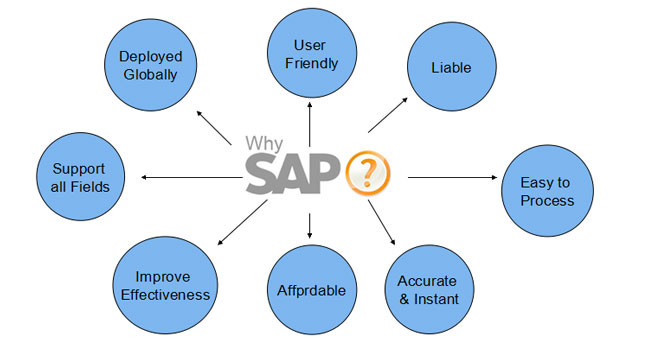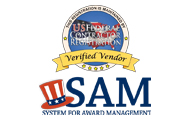
In the rapidly evolving landscape of software development, ensuring the quality and reliability of software products is paramount. Enter automation testing—an indispensable technique that has transformed the way we approach quality assurance. By leveraging automation testing, companies can achieve faster, more accurate, and more efficient testing processes, ultimately delivering superior software products.
The Essence of Automation Testing
Automation testing involves using specialized tools to execute pre-scripted tests on software applications before they are released into production. Unlike manual testing, which requires human intervention, automation testing runs tests automatically, freeing up valuable resources and ensuring consistency across the board.
Why Automation Testing Matters
Speed and Efficiency
Automation testing significantly accelerates the testing process. Tests that would take hours or days to perform manually can be executed in a fraction of the time, allowing for quicker feedback and faster time-to-market.
Consistency and Accuracy
Human errors are an inevitable part of manual testing. Automation eliminates these errors by consistently executing the same steps with precision, ensuring accurate and reliable results every time.
Reusability of Test Scripts
Once written, automated test scripts can be reused across multiple test cycles and projects, reducing redundancy and increasing productivity.
Improved Test Coverage
Automation enables comprehensive testing by covering more test cases and scenarios than manual testing ever could. This thoroughness leads to more robust software quality.
Cost-Effectiveness
While the initial investment in automation tools and training can be high, the long-term savings are substantial. Automated tests can run unattended, reducing the need for continuous manual oversight and cutting down operational costs.
Exploring Different Types of Automation Testing
- Unit Testing: Focuses on individual components or modules of the software to ensure they function correctly.
- Integration Testing: Verifies that different modules or services work together as expected.
- Functional Testing: Ensures that the software functions according to the specified requirements.
- Regression Testing: Confirms that recent changes or additions haven’t adversely affected existing functionality.
- Performance Testing: Assesses the software’s performance under various conditions, including load and stress testing.
Popular Automation Testing Tools
- Selenium: A widely-used tool for automating web browsers, supporting multiple languages and platforms.
- JUnit: A framework for writing and running tests in Java.
- TestNG: Inspired by JUnit, it offers more powerful and flexible test configurations.
- Appium: Ideal for automating mobile applications across various platforms.
- Cucumber: Facilitates behavior-driven development (BDD), making tests more understandable to non-technical stakeholders.
Best Practices for Effective Automation Testing
- Selecting the Right Test Cases: Focus on automating repetitive and high-risk test cases for maximum efficiency.
- Regular Maintenance: Keep test scripts up-to-date with changing requirements to ensure their relevance.
- Continuous Integration (CI) and Continuous Deployment (CD): Integrate automation testing into CI/CD pipelines to streamline the development process.
- Robust Reporting and Logging: Implement comprehensive reporting to quickly identify and address issues.
- Training and Skill Development: Invest in the continuous learning of your team to keep up with evolving tools and methodologies.
Overcoming Challenges in Automation Testing
Despite its benefits, automation testing comes with its own set of challenges. The initial setup cost can be high, and some test cases are inherently difficult to automate. Moreover, maintaining test scripts requires skilled personnel, which can add to the overhead.
The Future of Automation Testing
The future of automation testing looks promising, with advancements in artificial intelligence and machine learning paving the way for smarter testing solutions. The rise of no-code/low-code testing tools is making automation more accessible, and cloud-based testing solutions are offering greater flexibility and scalability.
Conclusion
Automation testing is a game-changer in the realm of quality assurance, offering unparalleled speed, accuracy, and efficiency. As the software industry continues to evolve, adopting automation testing is not just a best practice—it’s a necessity. Start your automation testing journey today and reap the benefits of delivering high-quality software with confidence.



















